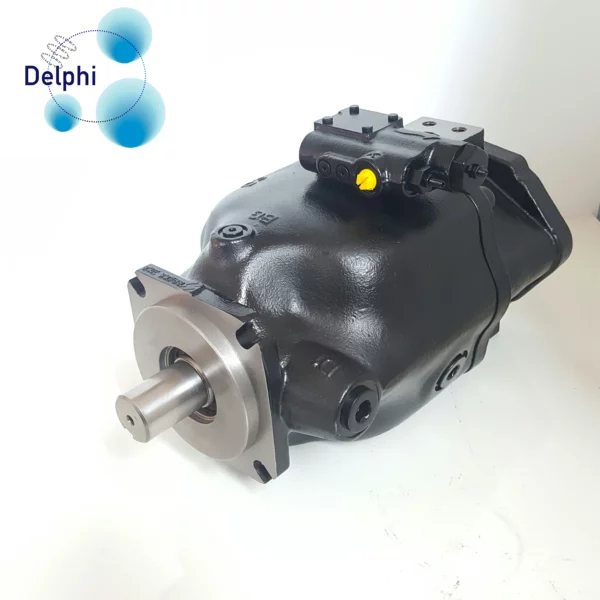A 3000 psi (pounds per square inch) hydraulic pump compensates for fluctuations in system pressure through various mechanisms, depending on its design and features.
Here are some common ways a hydraulic pump can manage fluctuations in system pressure:
- Pressure Compensator: Many hydraulic pumps, including those rated for 3000 psi, incorporate a pressure compensator mechanism. This feature adjusts the pump’s displacement or output flow rate in response to changes in system pressure. If the system pressure increases, the compensator reduces the pump’s output flow to maintain a constant pressure. Conversely, if the system pressure decreases, the compensator increases the pump’s output flow to maintain the desired pressure level.
- Load Sensing Control: Some hydraulic pumps utilize load sensing control systems to adjust their output flow based on the demand from hydraulic actuators. These systems monitor the load on the hydraulic system and adjust the pump’s displacement or output flow rate accordingly to maintain a consistent pressure level despite changes in the load.
- Variable Displacement Design: Certain hydraulic pumps feature variable displacement designs that allow the pump’s output flow rate to be adjusted manually or automatically. Operators can vary the pump’s displacement setting to compensate for fluctuations in system pressure and maintain the desired operating conditions.
- Electronic Control Systems: Modern hydraulic pumps may incorporate electronic control systems that monitor system parameters, such as pressure and flow rate, and adjust the pump’s operation accordingly. These systems use sensors, 3000 psi hydraulic pump actuators, and feedback mechanisms to regulate the pump’s output and compensate for changes in system pressure in real time.
- Pilot-operated Relief Valve: Hydraulic pumps often include relief valves to protect the system from overpressure conditions. In a 3000 psi hydraulic system, the relief valve may be set slightly above 3000 psi to prevent damage to system components. When the system pressure exceeds the setpoint, the relief valve opens, diverting excess fluid flow back to the reservoir and helping to stabilize the pressure.
Overall, a 3000 psi hydraulic pump compensates for fluctuations in system pressure through a combination of pressure compensators, load sensing control, variable displacement designs, electronic control systems, and relief valves. These features ensure that the pump maintains a consistent pressure level and delivers reliable performance in various operating conditions.

Comments